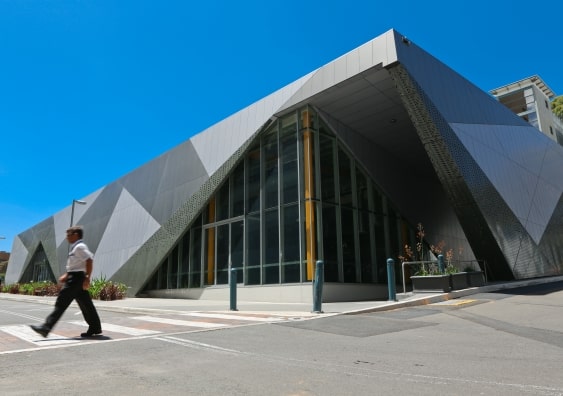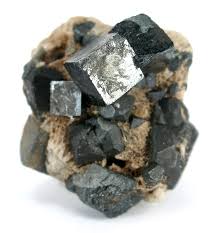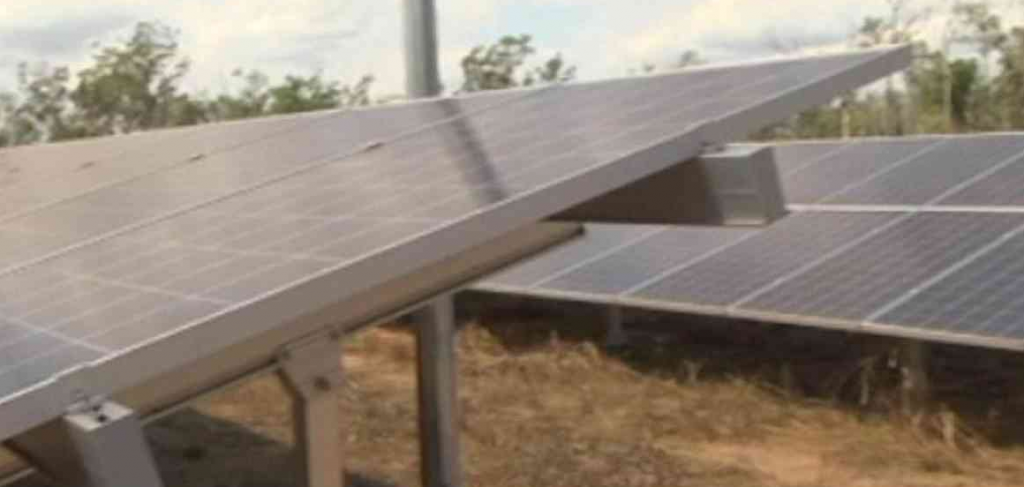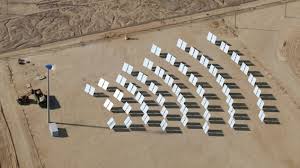Solar Powered School Classrooms are being trialled in two classrooms in NSW as part of a $368,115 grant from ARENA. The classrooms are built by a company named Hivve and will be built at St Christopher’s Catholic Primary School in Holsworthy and Dapto High School.
St Christopher’s Principal Tony Boyd was quoted by Fairfax Media talking about the project:
“It’s an exciting prospect where schools can be a generator of electricity,” Mr Boyd said.
Hivve – Solar Powered School Classrooms
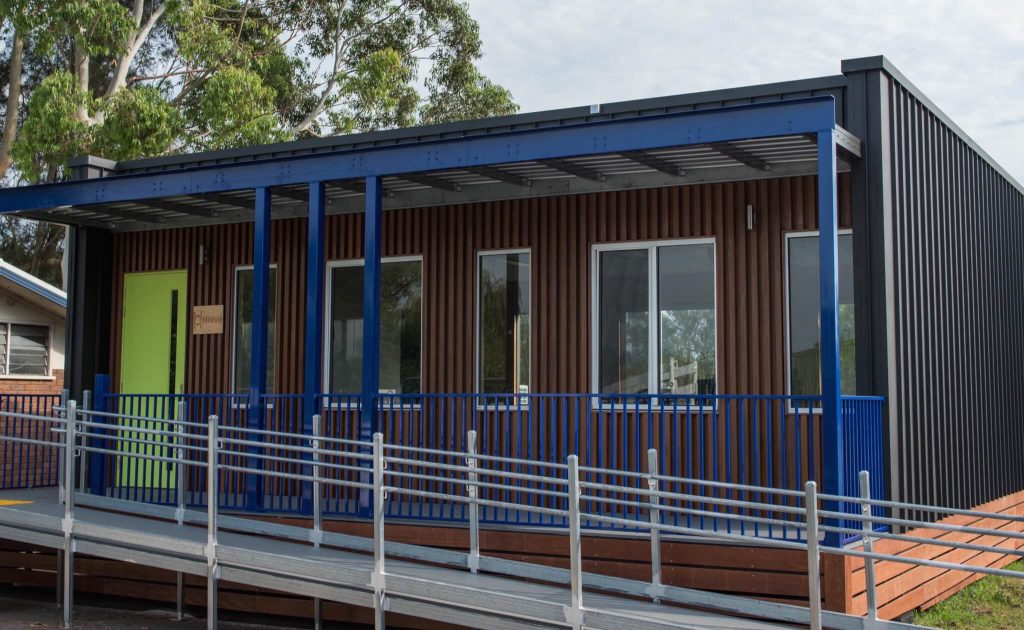
According to their website, Hivve is an “advanced environmentally responsible education ecosystem that has been thoughtfully designed to create a flexible, accessible and healthy learning environment.”
According to figures from the Australian Renewable Energy Agency (ARENA), school classrooms use an average of 3,800 KWh of electricity, but Hivve classrooms will generate 7,600 net KWh. The school and students will be able to view the results in real-time via an online dashboard.
A press release about the solar powered classrooms published on the ARENA website had a couple of quotes from CEO Ivor Frischknecht who said the solar classrooms can have a dual purpose, to edify the new generation about renewables whilst actually generating energy:
“This is a great way to get the next generation involved in renewables at an early age and educate them as to what the positive benefits will be as Australia continues its shift towards a renewable energy future,”
“The success of the Hivve project could lead to a nation-wide adoption of the modular classrooms, reducing reliance on the grid and even providing a significant amount of electricity back to the NEM.” Mr Frischknecht said.
Hivve Director David Wrench spoke about the technology and how it will be able to educate the students:
“We are very pleased to be partnering with ARENA on this exciting project. We have carefully designed every element of the Hivve classroom to create the best possible learning environment for students”, Mr Wrench said.
We’ve seen a lot of solar power at universities (e.g. UNSW’s recent pledge to become fully solar powered), but these are some of the first solar school initiatives – hopefully the first of many more!
Click here to view the media release by ARENA: Classrooms powered by renewable energy to be trialled in NSW schools

